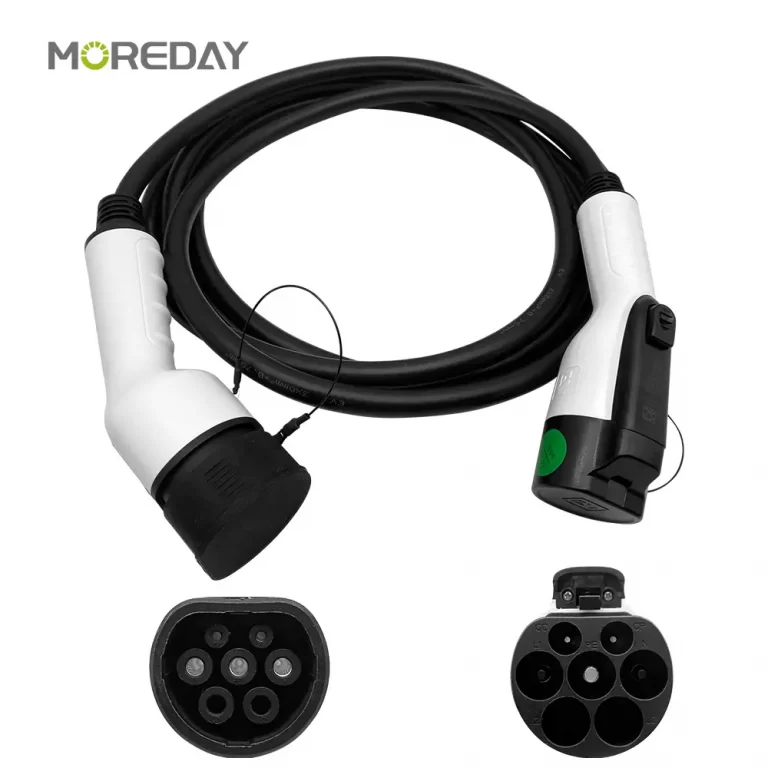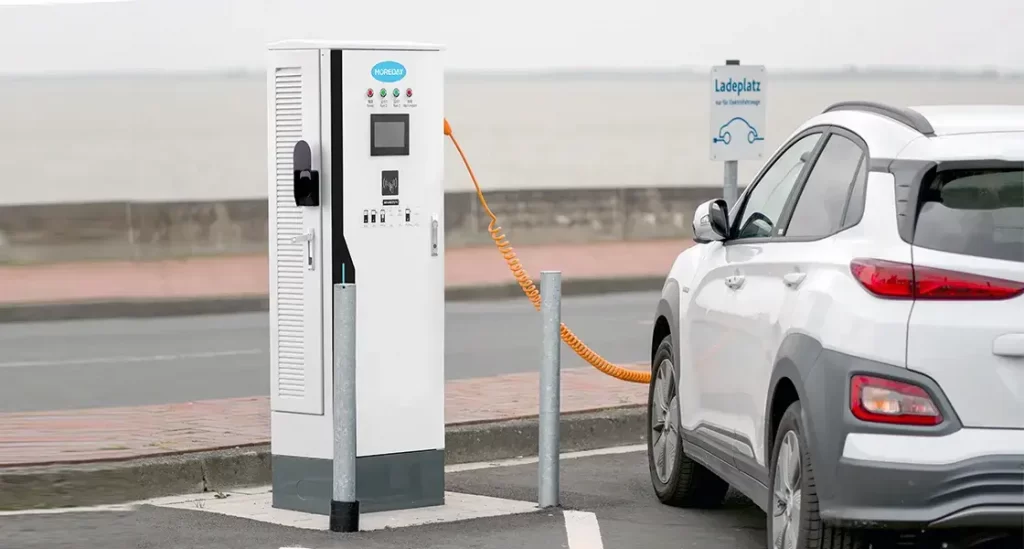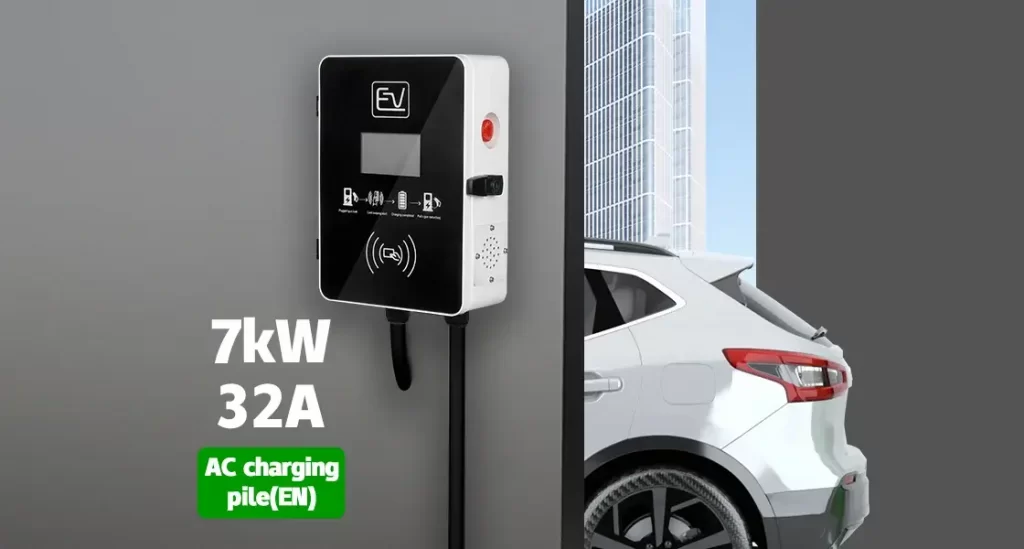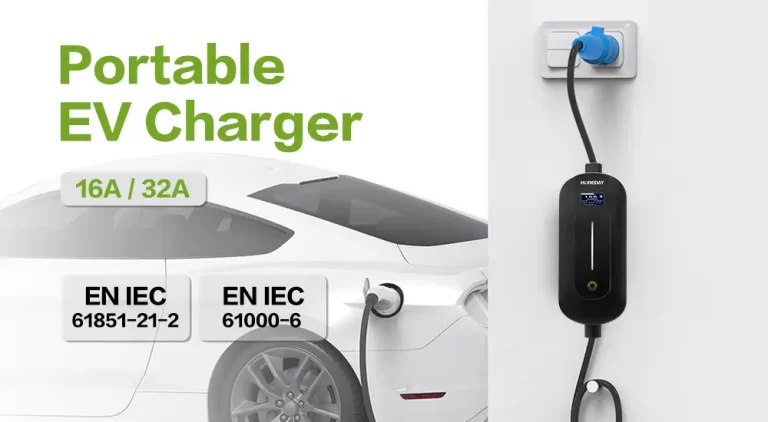Electric vehicles (EVs) are becoming increasingly popular, but their batteries, like all lithium-ion batteries, degrade over time. One of the key factors affecting the health of your battery is the speed at which it is charged. So, is slow charging better for EV batteries? The short answer is yes.
Different charging methods can have a significant impact on the health and longevity of your battery. In this article, we’ll explore the advantages and disadvantages of slow charging and compare it to fast charging to help owners make a more appropriate choice.
Table of Contents
ToggleSlow Charging

Slow charging, for electric vehicles, usually refers to charging an electric vehicle’s battery pack using a lower power charger (usually between 3.7 kW and 7.4 kW).
This type of charging takes longer, usually 8-14 hours or even overnight, to fully charge the battery, and is therefore often used for night-time charging at home or work. This type of charging is suitable for electric vehicles that do not need to be replenished quickly and can be parked for long periods.
Is Slow Charging Better for EV Batteries?
Yes, slow charging is generally better for EV batteries. Slow charging, which is typically performed at home using a Level 1 or Level 2 charger, is gentler on the battery and has several long-term benefits:
- Less Heat: One of the biggest advantages of slow charging is that it generates less heat compared to fast charging. Excessive heat can accelerate battery cell degradation and shorten battery life. Since slow charging produces lower temperatures, it is a safer option for keeping your battery healthy over the long term.
- Reduced Current Stress: Fast charging, especially through DC fast chargers, puts more stress on the battery by delivering more current. This can lead to micro-damage within the battery cells, and over time, the battery’s ability to hold a charge decreases. On the other hand, slow charging applies a lower current, which puts less stress on the battery.
- More consistent charging: The gradual nature of slow charging also allows for more consistent energy delivery. This makes it easier for the vehicle’s battery management system to optimize the charging process, reducing the risk of overcharging or deep discharging, both of which can reduce the health of the battery.
The Downside of Slow Charging
While slow charging is better for the long-term health of your battery, it has its drawbacks:
- Time-consuming: It can take anywhere from 8 to 14 hours for a slow charger to fully charge an electric vehicle. Not for people with tight schedules or frequent long-distance driving.
- Not for long trips: Slow charging is usually done at home or where the car can be parked for long periods, such as overnight. For road trips or on the go, relying solely on slow charging is not feasible!
How Fast Charging Affects Battery Life

Fast charging, especially with a DC fast charger (Level 3), can quickly replenish a battery, typically topping out at 80% in about 20-40 minutes. However, there are long-term drawbacks:
- Increased heat and wear: Fast charging generates more heat and applies more current stress, which accelerates the wear of battery components. Studies have shown that frequent use of fast charging reduces battery capacity faster than slow charging.
- Convenience and Battery Health: While fast charging is convenient for long trips, it should be used with caution. It is recommended that you use slow or medium charging for everyday use and save fast charging for emergencies or when time is of the essence!
Fast and Slow Charging: What’s the Difference?
Fast charging and slow charging are the two most commonly used charging methods for electric vehicles, and they differ significantly in terms of charging speed, impact on the battery, and application scenarios:
1. Charging Speed
Fast charging: Fast charging stations use high-powered chargers, typically delivering between 50 kW and 350 kW or more, and can charge a battery to more than 80% in a couple of minutes. This type of EV charging is ideal for situations where a quick top-up is needed, such as quick stops on long drives.
Slow charging: Slow charging usually uses lower power, such as 3.7 kW to 22 kW. Charging times are longer and can take several hours or even all night to fully charge the battery. This type of charging is suitable for home or workplace use and is usually done when the vehicle is parked for a longer period.
2. Equipment Requirements
Fast charging: Special fast chargers and charging facilities are required, which are more costly and complicated to install.
Slow charging: standard household power outlets or slightly upgraded home charging equipment can be used. Simple to install and less costly.
3. Impact on Batteries
Fast charging: although convenient and quick, the high current and the amount of heat generated may lead to a sharp rise in battery temperature and accelerate battery aging. The high temperature may also trigger the safety mechanism of the battery, affecting its performance and life.
Slow charging: Smaller current and less heat generated helps to protect the battery and prolong its life. Due to better temperature control, the chemical reaction of the battery is more stable during the charging process.
4. Applicable Scenarios
Fast charging: Suitable for quick replenishment during long trips or in urban environments where the user needs to charge quickly and continue to use the vehicle.
Slow Charge: Suitable for daily commuting users who can slowly charge the vehicle at night and use it the next day. Also suitable for long periods of parking during office hours or at home.
5. Economic Benefits
Fast charging: While offering speed and convenience, you may have to pay higher charging fees, especially at certain public charging stations.
Slow charging: usually done at home, the electricity costs are lower and it is more economically viable.
Best Practices for Electric Vehicle Battery Health

To extend the battery life of your electric vehicle, a combination of slow and fast charging may be the best approach, with emphasis on the following practices:
- 20-80% Rule: It is often recommended to keep the battery level between 20% and 80%, as charging to 100% or letting the battery drop below 20% will accelerate battery performance degradation. This practice helps maintain optimal battery health by minimizing the chemical stress placed on the battery during the charging process.
- Use Fast Charging with Caution: While fast charging is necessary in some situations, it should not be your primary method of charging. Reserve fast charging for when you need to quickly replenish your battery on the road, but stick to slow charging for everyday use.
- Avoid temperature extremes: Extreme heat and cold can damage your battery. In hot weather, overheating can accelerate battery degradation, while in cold weather, charging slows down and becomes less efficient. Whenever possible, park your car in a cool or temperature-controlled area.
Conclusion
While slow charging is generally better for keeping your EV battery healthy, it’s important to balance practical considerations. Fast charging is critical for long trips and quick stops, but over-reliance on it can reduce the long-term efficiency of your battery. By combining slow, continuous charging with the occasional need for fast charging and adhering to best practices like the 20-80% rule, you can maximize the life and performance of your EV battery.
For most EV owners, it’s important to get used to getting into the habit of charging slowly every day, especially overnight at home, and using fast charging only when necessary.
If you’re looking to buy wholesale charging piles in MOREDAY, you can contact EV charging manufacturers online to get accurate quotes.
Related reading: how much to install EV charger at home


